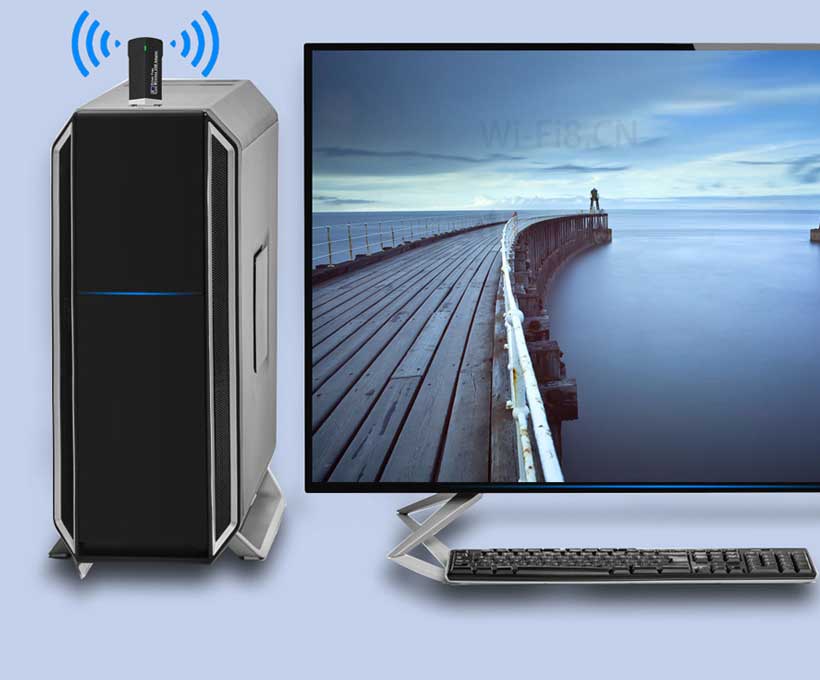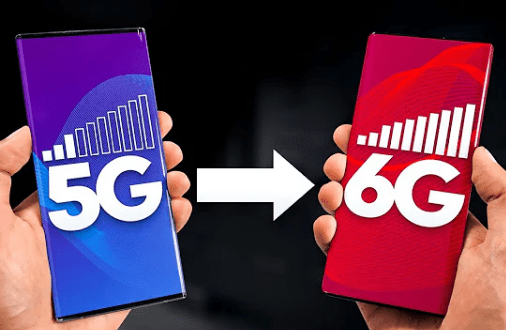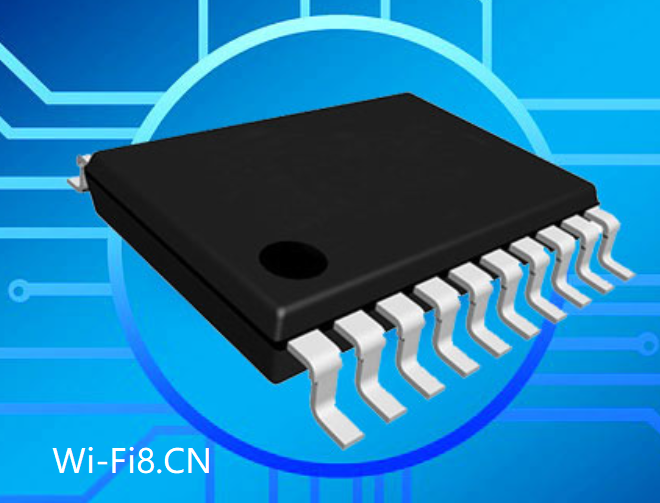Definition and characteristics of Wi-Fi 6
Wi-Fi 6Wi-Fi 6 (formerly known as: IEEE 802.11.ax) is the sixth generation of wireless network technology and is the name of the Wi-Fi standard. is a wireless LAN technology created by the Wi-Fi Alliance in the IEEE 802.11 standard.
For two decades, Wi-Fi has changed the way the world works and communicates. Wi-Fi technology, based on the Institute of Electrical and Electronics Engineers (IEEE) 802.11 wireless communications standard, continues to improve, with each generation providing faster speeds, lower latency, and a better user experience in different environments and environments. Device type.
Define generations of Wi-Fi devices
To help users identify devices that offer the latest Wi-Fi capabilities, simplified pronouns for device names and product descriptions have been developed. The current generation of Wi-Fi based on the IEEE 802.11ax standard, known as Wi-Fi 6, includes devices that can operate in the 6 GHz band, called Wi-Fi 6E.
| 一代WiFi | Support standards |
| WiFi 7 | 802.11be(Under development) |
| WiFi 6 | 802.11ax |
| WiFi 5 | 802.11ac |
| WiFi 4 | 802.11n |
Determine the Wi-Fi network connection
Wi-Fi devices can also use the visual user interface (UI) on the display to determine whether a network connection has been created. The visual display shows a Wi-Fi signal indicator and a digital representation of the connection.
As users move between Wi-Fi networks that provide different user experiences, the visual elements of the user interface change. When a device displays a visual signal indicator with the number 6 indicating a Wi-Fi 6 connection, the device is using the most advanced version of Wi-Fi available.
Wi-Fi Generations is a marketing initiative that introduces a new consumer-friendly naming convention assigned to Wi-Fi generations based on major Wi-Fi technology (PHY) versions.
Wi-Fi generation names provide manufacturers, carriers, and end users with an easy-to-understand description of the Wi-Fi technology used in the device and the connection the device makes to the Wi-Fi network.
The goal is to enable consumers to easily identify the capabilities of Wi-Fi networks discovered by user devices, just as they do today with 3G, 4G, and more through cellular identification.
Generation Wi-Fi Goals:
Raise end-user awareness of Wi-Fi technology achievements;
Simplify the identification of user devices and Wi-Fi technologies supported by network connections;
Increase user use of new Wi-Fi technologies, providing more opportunities
The Wi-Fi generation will be designated by a digital sequence, corresponding to the main advances in the physical layer in the 2.4GHz and 5GHz bands, the most common scenario for Wi-Fi consumers. The following table shows the names of the major WiFi generations.
The name of the Wi-Fi era contains several elements:
Wi-Fi generation name;
visual elements of the user interface;
The name of the Wi-Fi Alliance certification program;
Wi-Fi Alliance Certification Program logo
The usage and requirements for each generation name element are given below.
Wi-Fi generation name
The consumer-friendly Wi-Fi 4, Wi-Fi 5, and Wi-Fi 6 generation names are intended for widespread use across the Wi-Fi ecosystem for all users, industry partners, media, and more.
The generation name must be used in text format to refer to the appropriate Wi-Fi technology. Wi-Fi 4, Wi-Fi 5, and Wi-Fi 6 generation names are recommended as industry terms in consumer, media, and analyst marketing materials and advertising. Generations of Wi-Fi prior to Wi-Fi 4 are not named.
If any company accepts Wi-Fi generation names, they must comply with the following rules:
References to 802.11ax technology must use the Wi-Fi 6 generation name;
References to 802.11ac technology must use Wi-Fi 5 generation names;
References to 802.11n technology must use Wi-Fi 4 generation names;
The generation name does not affect the name of the previous certification project. For previous certification programs, such as Wi-Fi CERTIFIED™ ac or earlier, continue to use the original certification program name;
The build name format is simply “Wi-Fi” followed by an integer. Generation names should not contain additional text or descriptions. There should not be a definitive version of the generation name.
Wi-Fi 6 and 802.11ax are the same thing. It’s just that the Wi-Fi Alliance decided to give the Wi-Fi standard a simpler and more understandable name. So the 802.11n standard became Wi-Fi 4, 802.11ac became Wi-Fi 5, and the new 802.11ax was called Wi-Fi 6. Everything is simple and straightforward.
Wireless networks are evolving very rapidly. You need to increase the data transfer rate and connect a large number of devices. More and more access points are interfering with each other and creating interference.
The Wi-Fi Alliance experts are focusing on Wi-Fi 6 around the solution to these problems.
What improvements are introduced by the new standard and how they affect connectivity, stability and speed – we will see it in this article. I will try to explain it in plain language. I’ll also answer the hottest questions related to Wi-Fi 6.
HomeUseful and Interesting Wi-Fi 6 (802.11ax) – What is it? Everything you need to know about the new Wi-Fi standard
Wi-Fi 6 (802.11ax) – What is it? Everything you need to know about the new Wi-Fi standard
In September 2019, the Wi-Fi Alliance officially launched the 802.11ax standard. Also known as Wi-Fi 6 (new name). And unsurprisingly, in 2020 manufacturers of various network equipment, mobile devices, and computer equipment began to aggressively introduce devices to the market that support the new Wi-Fi standard.
The 802.11ax standard has replaced the previous 802.11ac standard. It was developed to improve the performance of wireless connections and solve some of the problems related to the stability and congestion of Wi-Fi networks. The new Wi-Fi standard is an improved and refined version of the 802.11ac standard.
Wi-Fi 6 and 802.11ax are the same thing. It’s just that the Wi-Fi Alliance decided to give the Wi-Fi standard a simpler and more understandable name. So the 802.11n standard became Wi-Fi 4, 802.11ac became Wi-Fi 5, and the new 802.11ax was called Wi-Fi 6. Everything is simple and straightforward.
Wireless networks are evolving very rapidly. You need to increase the data transfer rate and connect a large number of devices. More and more access points are interfering with each other and creating interference. The Wi-Fi Alliance experts are focusing on Wi-Fi 6 around the solution to these problems. What improvements are introduced by the new standard and how they affect connectivity, stability and speed – we will see it in this article. I will try to explain it in plain language. I’ll also answer the hottest questions related to Wi-Fi 6.
Wi-Fi 6 (802.11ax): Support, how to enable, connect, and configure how it works. Should you upgrade to Wi-Fi 6?
What’s new in Wi-Fi 6? Why is this standard better than the previous one?
We’ll look at 4 main improvements:
Connection speed.
Connection stability when a large number of devices are connected.
Work in a place with a large number of adjacent networks (where there is strong interference).
Energy efficiency.
Wi-Fi 6 speed
Of course, everyone is mainly interested in connection speed. Wi-Fi 6 supports wireless connections with speeds up to 11 Gbps. But you need to understand that the actual connection speed will be much lower.
Of course, the speed increase compared to 802.11ac will be noticeable (almost 2x). But there’s one more important point here – the connection speed calculated at the speed of your internet provider.
If your tariff is up to 100 Mbps, then the 802.11ac standard is more than enough. If it reaches 1 Gb/s, then switching to Wi-Fi 6 certainly improves the actual connection speed, as it is unlikely that this gigabit will be squeezed out over the wireless network with a device that supports 802.11ac.













